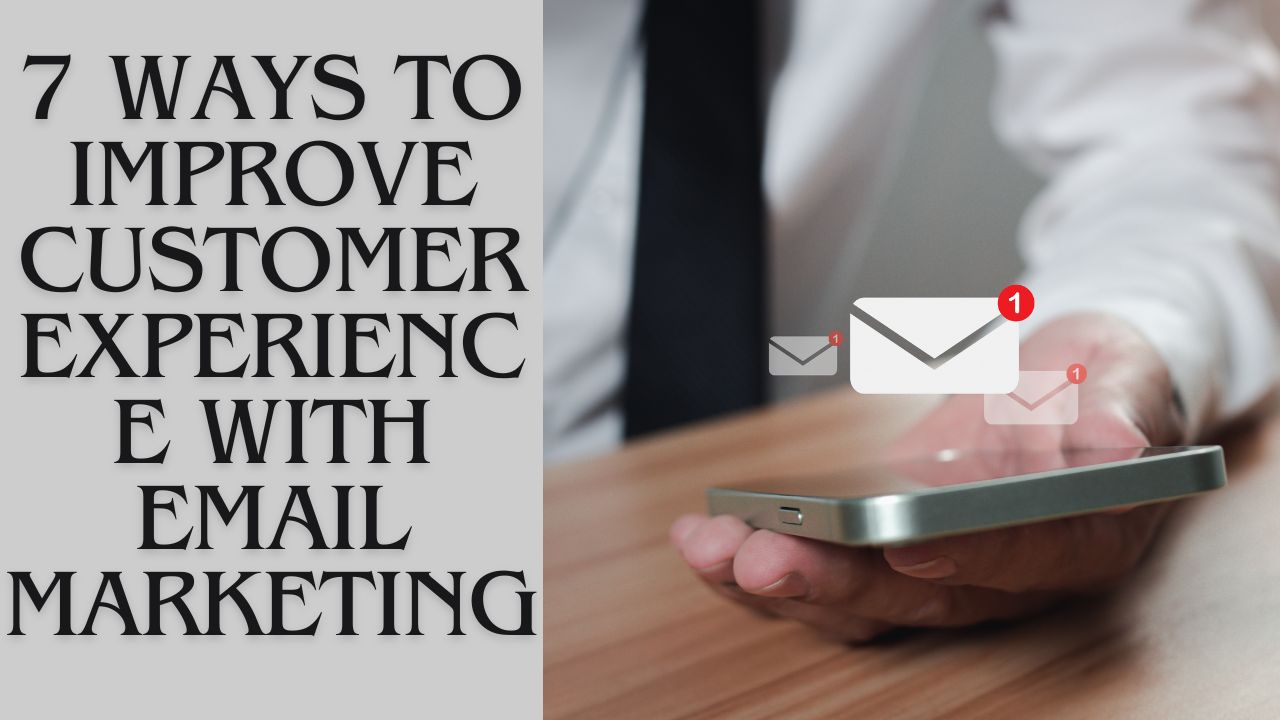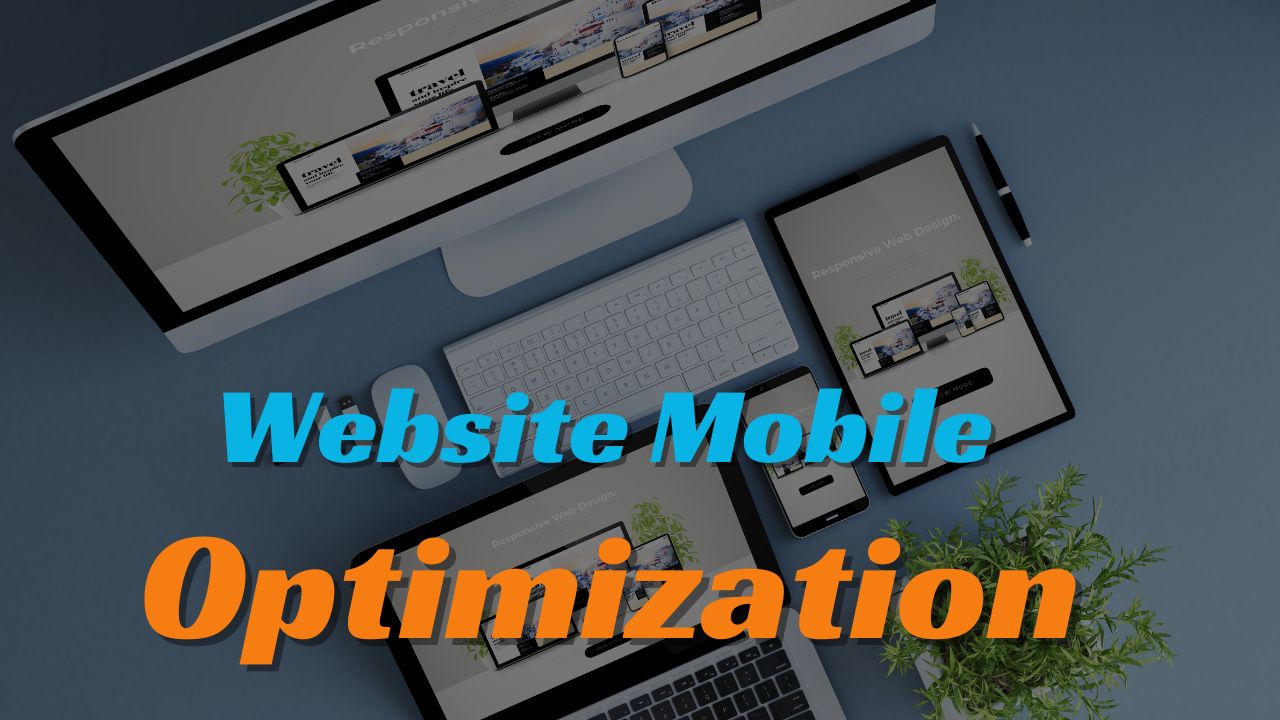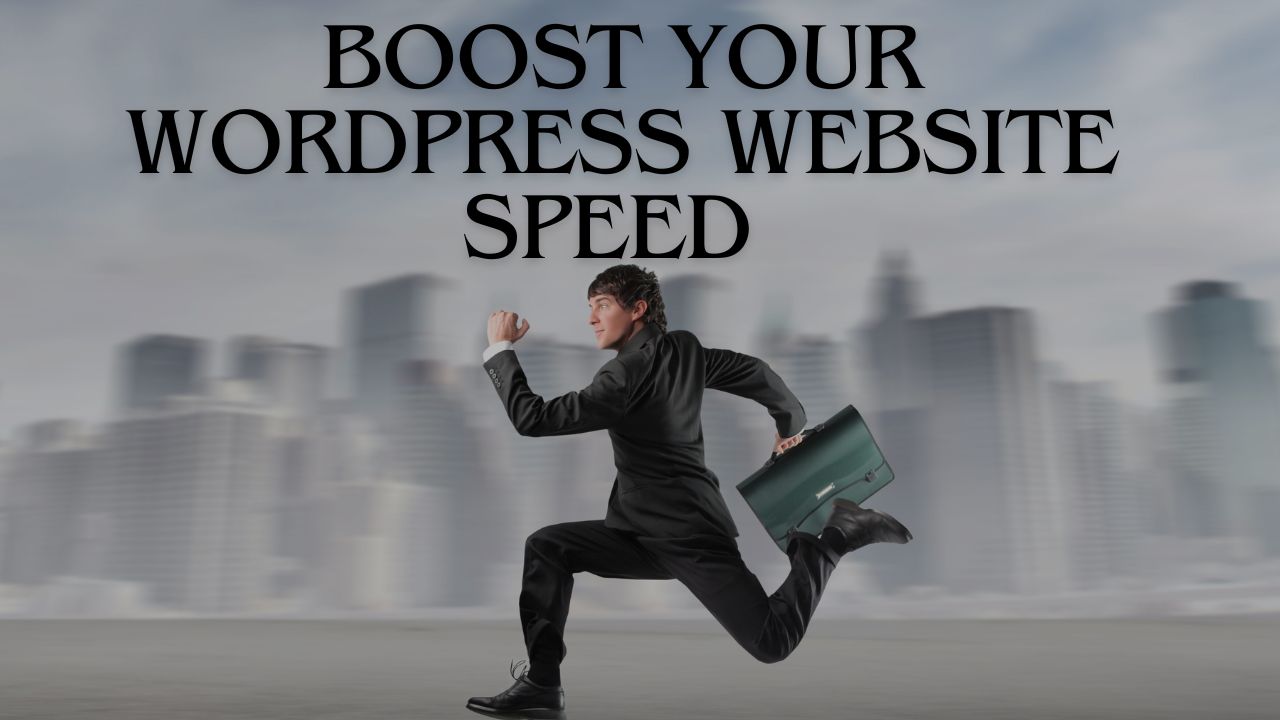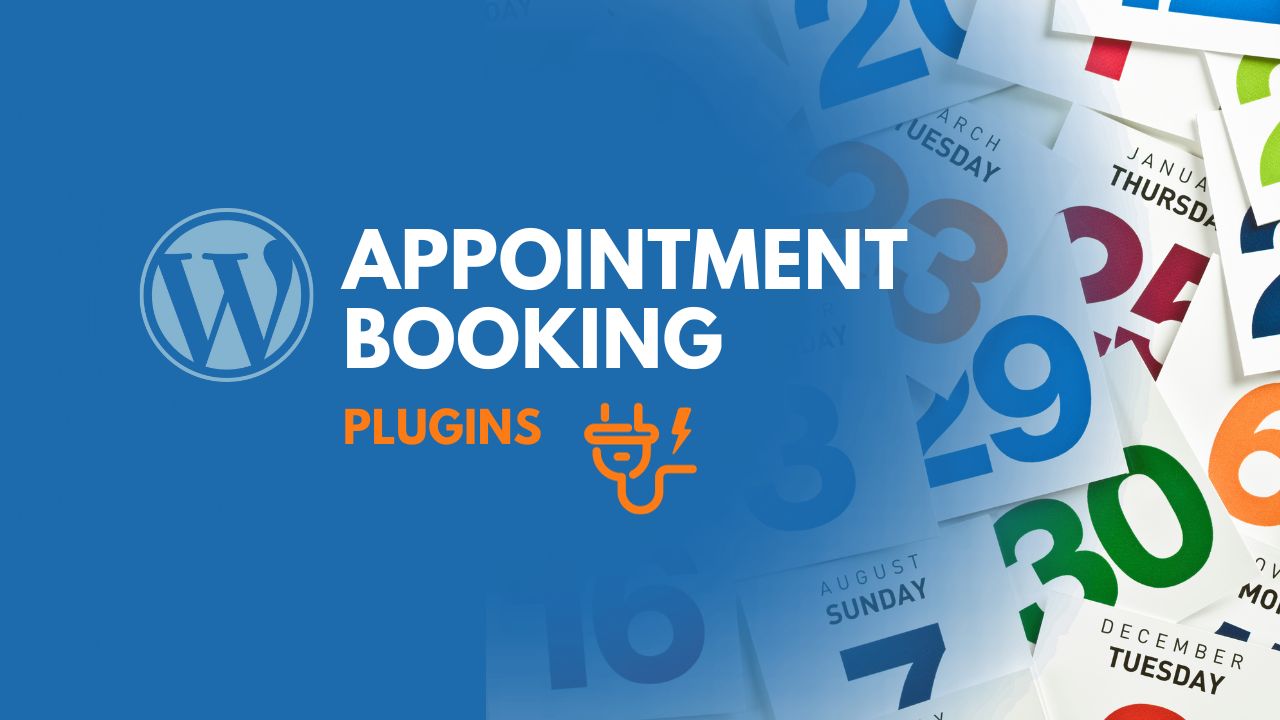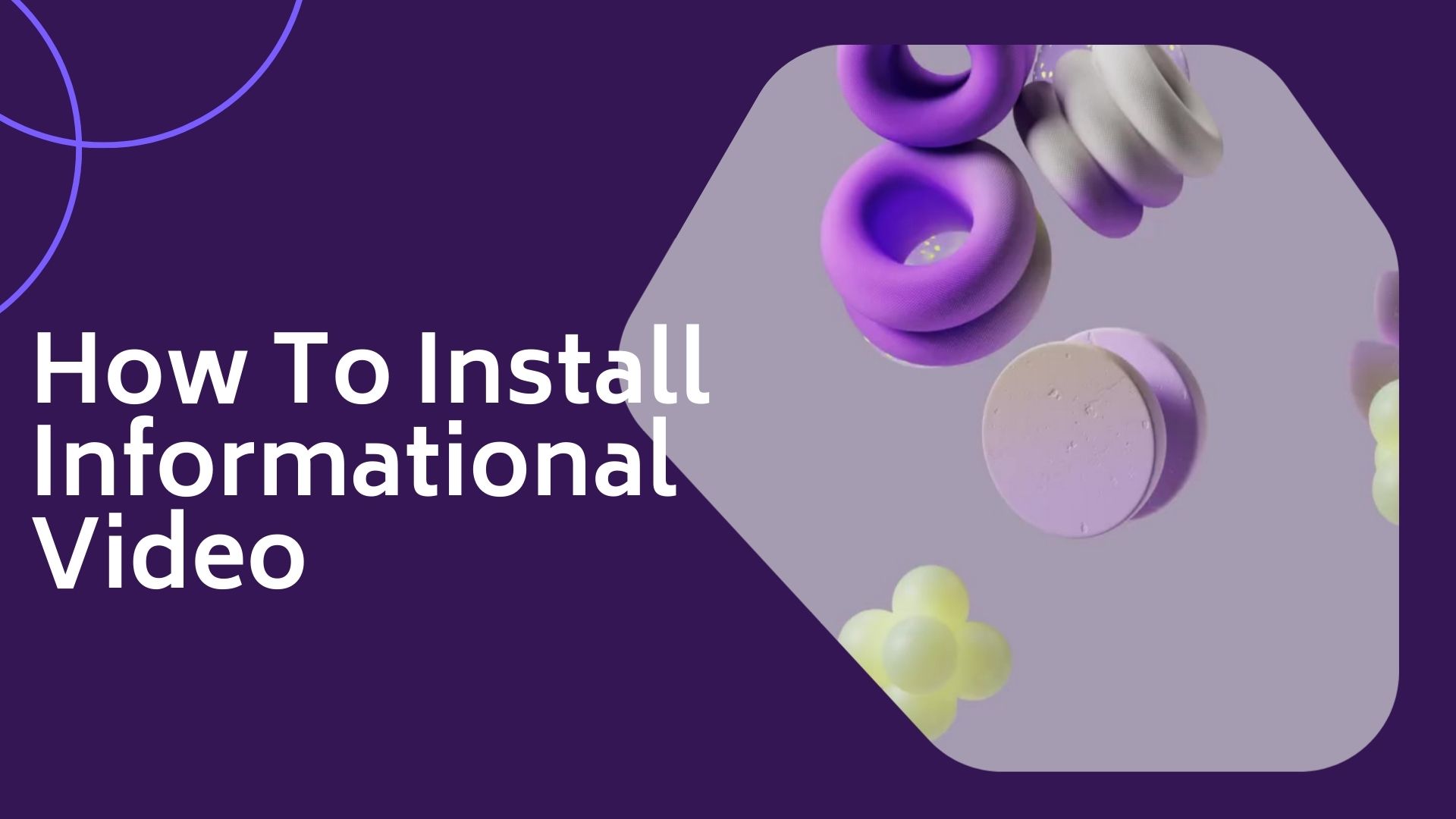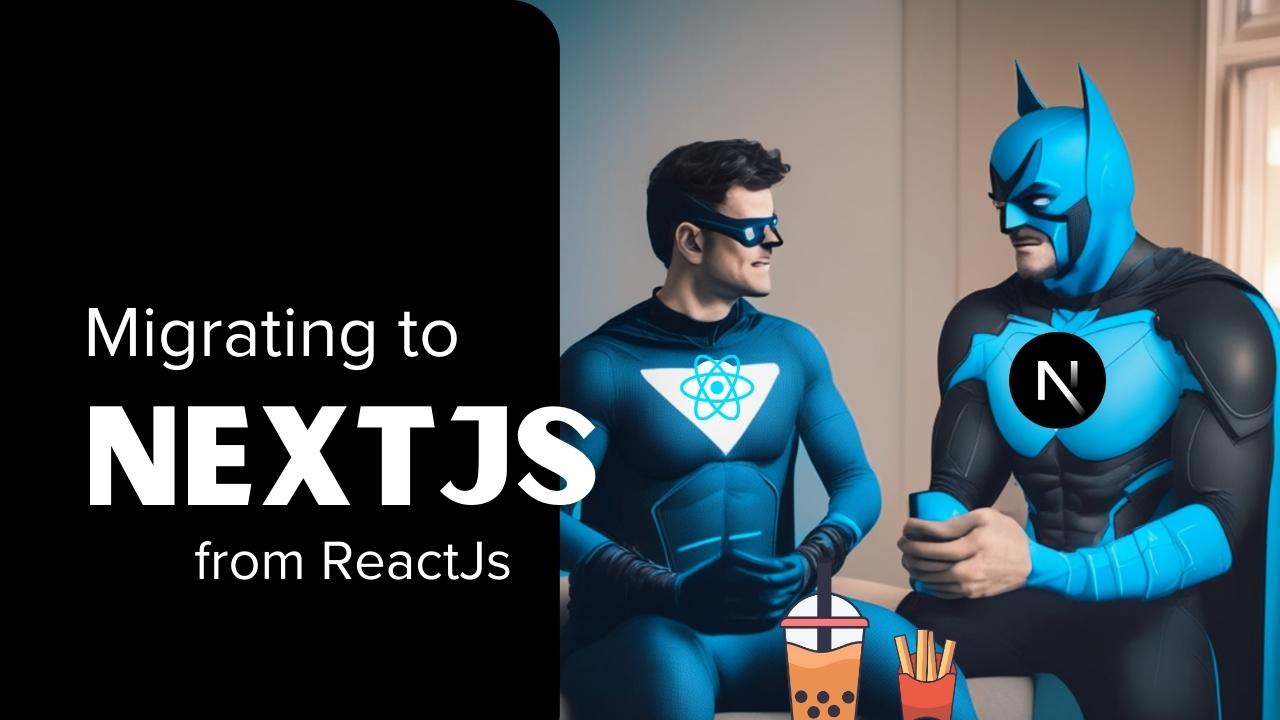Popular Tools by VOCSO
2017 was undoubtedly a great year for web speed optimization. Google pushed hard to improve search engine performance and better user experience, and site owners rushed to implement best practices in order to avoid penalties. But this momentum won’t stop in 2022 – on the contrary, page speed optimization will become even more important. Website speed is one of the most important factors determining website usability. If your website is slow, users will have a difficult time navigating around it and will likely leave your site in search of a faster experience. To ensure that your website meets user expectations and ranks first in search engine results, take our easy-to-follow tips and advice on speed optimization into account. By following these simple steps, you’ll speed up your website without having to make any drastic changes or modifications. So start working on these 20 easy ways to speed up your WordPress site now!
Table of Contents
What is page speed?
Page speed is a measure of how fast your website responds to web requests. Website speed is one of the most important factors that affect website performance. Improving page speed can improve website ranking in search engines, as well as website usability. However, page speed is a complex topic, and it can be difficult to determine where to start. That’s where page speed tools like Google PageSpeed Insights come in handy. This tool provides a detailed analysis of your website’s page speed and makes it easy to identify specific areas for improvement. In this blog post, we’ll outline 20 easy tips that will help you speed up your WordPress site. From optimizing images to caching pages, these tips will help you get started on the right track. So, put on your speed-lacing shoes, and let’s get started!
How to reduce website load time
Website speed is one of the most important factors when it comes to web success. Having a slow website can seriously impact your search engine rankings, conversion rates, and user experience. There are a variety of ways to speed up your website, so it’s important to choose the right ones for your site. Some popular techniques include optimizing images, reducing server requests, and caching content. Perform these measures in conjunction with regular web optimization checks to ensure your website remains fast and responsive.
How to improve website performance
Website performance is critical for a number of reasons. Not only does it impact user experience, but it can also impact website revenue. That’s why it’s important to reduce load times as much as possible. There are a number of ways to achieve this, and it all depends on the website you have. Make sure your website is using modern web technologies like HTML5 and CSS3, which will speed up page loading time significantly. Additionally, keep an eye on caching and compression techniques – they can help reduce load time by storing frequently-used data in memory rather than downloading each time it’s requested. Finally, make sure your website is mobile-friendly – speed is key when users are on the go.
Tips on improving website speed
Website speed is an important factor that affects the user experience. Improving website speed can have a positive impact on user engagement and conversion rates. Here are four quick and easy tips to speed up your website:
1. Reduce the number of HTTP requests your website makes.
2. Minimize CSS and JavaScript files.
3. Use compression techniques to reduce file size.
4. Optimize images for web delivery using effective image formats like PNG or JPEG.
Top free and premium tools to speed up your website
Website speed is an important factor for search engine ranking, user experience, and page loading time. Fortunately, there are many different tools available to speed up your website. Some of the most popular options include Google PageSpeed Insights and WebPageTest Premium. Both of these tools offer a range of features and options, so it’s important to find the right one for you. Once you’ve found a tool that you’re happy with, it’s time to get started. To start using either of these tools, simply sign up for a free trial or premium account, and get started speed-testing your website. By using these tools, you’ll be able to see how your website is performing and make any necessary changes quickly and easily!
Some more tools are:
20 easy ways to speed up your WordPress site in 2023
When it comes to user experience, website speed is one of the most important factors. Not only does a slow site frustrate users, but it can also impact website rankings and Google search engine results. To speed up your WordPress site, there are a variety of things you can do. Some require more effort than others, but they all have a cumulative effect. Here are 20 easy ways to speed up your WordPress site in 2022:
1. Minimize HTTP requests
HTTP requests are one of the main causes of website load time delays. By minimizing them, you can speed up your site by a huge amount. There are various plugin and code optimization techniques that you can employ to reduce HTTP requests further. For example, caching plugins store page content in the browser cache so that subsequent visits don’t require loading the entire page from the server again. Minification reduces the size of files without losing information or functionality, making pages load faster overall. Avoid ajax calls are another common cause of slow website performance – avoid them where possible by using WordPress core features like comment moderation and user roles management instead.
2. Minify and combine files
One of the best ways to speed up your website is by minifying and compressing files. By doing this, you can reduce the size of your site by a considerable amount which in turn speeds up page load time. There are various tools available that will help compress and optimize files for web use – File Compressor, WP Smush and WordPress Optimizer are some of the most popular ones. All you need to do is select the files you want to work on, choose a compression level, and hit ‘compress’. Once finished, make sure all these compressed files are uploaded to your server so they can be accessed by users.
3. Use asynchronous loading for CSS and JavaScript files
Reducing the time it takes for your site to load is essential for improving user experience. By using script async src=”https://ajax.googleapis.com/ajax/libs/jquery/1.11.3/jquery.min.js”, you can speed up page loading times by up to 50%. Caching plugins like W3 Total Cache or WP Super Cache can further improve performance by caching files on your server and serving them from there instead of requesting them each time they’re needed, thus saving bandwidth and time overall! Make sure you are also using the latest version of WordPress and all its plugins so that everything runs smoothly together!
4. Defer JavaScript loading
Deferring JavaScript loading can speed up your website by as much as 30%. However, in order to do so intelligently, you need to be aware of the different methods available. Here are four tips that will help you defer load time wisely:
1. Use plugins like Defer or OptimizeJS to load files at a later time instead of immediately.
2. Set browser caching options – this will cache files on your device and speed up page load times for future visits.
3. Use CDN providers – these hosts compress web content and delivery it from multiple servers around the world, thereby reducing load time overall for pages with heavy JavaScript usage.
4. Check whether any errors in your code are causing undue delays – if so, fix them! This will go a long way toward solving website performance issues altogether!
5. Minimize time to the first byte
There are a few things you can do to speed up your website and make it load faster for your users. By optimizing files, compressing them, and tracking bandwidth usage, you will be able to make sure that your site loads quickly no matter what. By doing all of this work ahead of time, not only will you improve the user experience on your site; but you’ll save yourself time in the long run too!
6. Reduce server response time
Reducing server response time is essential in maintaining a website’s user experience. By optimizing images and loading pages more quickly, you can speed up the browsing process for your visitors. You should also make sure that requests from your server are handled as efficiently as possible by configuring Cloudflare to boost site security and performance. Checking page load times on a regular basis will help you identify any areas where improvement is necessary.
7. Choose the right hosting option for your needs
Website hosting is one of the most important aspects of content marketing. Ideally, choose a hosting option that meets your specific website requirements and is catered to the latest technological advances. You also need to make sure that the server your site is being hosted on can handle high traffic volumes, as well as offer an optimal performance experience for your visitors. To ensure total security for both you and your site, it’s always recommended to use a web server firewall. Finally keep in mind that even with all these precautions taken, there are still times when unforeseen problems might crop up – be prepared to handle them swiftly and effectively!
8. Run a compression audit
One of the best ways to speed up website loading times is by compressing your site. Not only will this help reduce bandwidth costs, but it can also save you time when browsing your page. To optimize your website for faster load times, use compression plugins and tools that are available online. Additionally, make sure all outdated assets (images, files, etc.) are replaced with more compressed versions and deleted if they don’t need to be there anymore. Finally, keep your website updated with the latest WordPress updates so that it runs as smoothly as possible on all devices.
9. Enable compression
Compression is a web optimization technique that can help speed up your website by reducing the amount of data that is transferred. To enable compression, go to your WordPress site > Settings > Media and click on the Enable Compression button. Alternatively, you can use a plugin like W3 Total Cache to achieve the same result. Remember to check for compatibility before you implement any changes – make sure your site is compatible with compression!
10. Enable browser caching
Enabling browser caching can speed up your load time in future visits and improve overall site performance. By compressing website files, you can reduce their size, which also helps to speed up page loading times. In addition, browser extensions like cache-clearing tools help dirty pages from previous requests and store them in the cache for future reference. Finally, it’s essential to avoid running multiple scripts or plugins that might slow down your site further.
11. Reduce image sizes
Reducing image sizes is an important part of optimizing website performance. For example, you have a blog on the topic of best smartwatch under 5000, which carries high-quality affiliate product images, so it’s important to reduce image sizes which can cause slow loading of the blog page. Following a few simple tips, you can speed up your site and make it load faster for your users.
1. Make sure all your images are at least 1000×1000 pixels in size – while maintaining quality. This will help to reduce loading time and avoid page errors caused by low-resolution files.
2. Use lazy loading for web pages with fewer images – this will load the image as you scroll down, rather than waiting until you click on it (this gets even better when used in conjunction with compression!).
3. Minify your code – this will reduce the amount of data that is sent to the server and make your site load faster overall (although be aware that some plugins may compress incorrectly).
4 . Use plugins to automate some of the tasks mentioned above – this way, you can save time and hassle and keep things running smoothly!
12. Use a CDN
There are several reasons why you should consider using a content delivery network (CDN). Among them is the fact that it can speed up your website by caching and distributing your pages globally. This way, users experience a much faster load time than possible if all page requests were made from within the site’s server boundaries. Additionally, CDNs offer several advantages over hosting your website on your own server. These include reduced bandwidth use and improved security – since everything is hosted remotely, there is less opportunity for data breaches or other web-hosting failures to impact your site adversely. Simply put, using a CDN will make sure that your website runs smoother and looks better – making it an essential part of any web strategy!
13. Use external hosting platforms
WordPress is one of the most popular website platforms in the world, and with good reason – it’s user-friendly, reliable, and customizable. However, hosting your WordPress site on your own server can be time-consuming and difficult. That’s where external hosting platforms come in – they provide a platform for you to store your files online, plus they offer various performance enhancements ( caching plugins and themes), security updates, and more. When choosing an external hosting platform, always ensure that you are using the latest security patches and any caching or performance-enhancing plugins or themes that may be applicable to your needs. And last but not least: keep loading times down by using caching plugins along with optimization techniques such as compression!
14. Optimize CSS delivery
When it comes to speed, nothing beats optimization. And when it comes to the loading time of webpages, CSS delivery is one of the most critical components. There are several ways you can optimize your CSS delivery so that it loads faster: using a service like GZip or Compression; minifying your files; caching plugins, and making sure you have a fast internet connection when visiting your website. All these measures will help reduce page load times overall.
15. Prioritize above-the-fold content (lazy loading)
Making your website load quickly is crucial for user experience. Slow-loading websites can frustrate users, leading to lower conversion rates. To speed up your website load time, make sure you prioritize above-the-fold content and focus on lazy loading techniques such as lazy loading images and CSS files. You can also employ a few easy tweaks – like minifying code or using compression – to speed up web page delivery even more! Always test different changes in order to find the ones that work best for your site.
16. Reduce the number of plugins you use on your site
Reducing the number of plugins you use on your site can speed up load times and conserve bandwidth. Additionally, it can save you time by simplifying plugin management. To reduce the load time of your website, install caching plugins to cache page content in server memory. Also, try to minimize the number of plugin files on your site – only those that are essential for functioning should be included. Check permissions before installing a plugin so that users don’t have to enter user data every time they visit your site. Finally, keep an eye out for spammy or malicious plugins and remove them immediately if detected!
17. Reduce redirects
Redirects can slow down your website by up to 50%. By taking action to reduce the number of redirects, you will improve page load time and speed up your site. There are a few things you can do to reduce the number of redirects – use 301 or 302 redirects, set custom cache headers etcetera. All of these tips will help improve your website’s speed in 2022!
18. Reduce external scripts
Reducing the number of external scripts on your website can speed up page load times by a significant amount. By minimizing the use of third-party libraries and plugins, you will also avoid any potential compatibility issues across various browsers. Optimizing images for faster loading times is also important – not only does this help users experience a better user experience, but it can also boost site search engine rankings. Finally, check for cross-browser compatibility issues and fix them as soon as possible to ensure that all visitors have an enjoyable experience using your site.
19. Monitor your speed over time
Website speed is one of the most important factors when it comes to search engine rankings. Making sure your website loading times are fast and smooth ranks higher in google results pages (SERPs). There are a number of things you can do on your end to speed up your site, but make sure you consult with an expert if something isn’t working properly or if there’s a sudden increase in page load time. Here are some quick tips: – Upgrade your hosting provider and WordPress version – Optimize images and fonts for faster loading times – Check browser incompatibilities that may be slowing down page load time
20. Monitor mobile page speed
Website speed is one of the most important factors that affect user experience. Poor mobile page speed can lead to frustrated users, decreased conversion rates, and even lost business. Therefore, it’s important to keep track of your site’s performance and make necessary updates as needed. There are several things you can do to improve mobile page speed: – Optimize images for faster loading times by reducing file size or using compression techniques. – Check for broken links and fix them as soon as possible – this will save bandwidth and time for both you and your users. – Minimize HTTP requests by caching content on a server or using browser plugins like Nofollow. Doing so will also improve site performance overall.
Frequently asked questions
Why is my website slow?
One of the most common causes of slow websites is oversized files and traffic congestion. If your site is bogged down by heavy load times and page load time is taking too long, it may be time to take some speed-boosting measures. You can speed up your WordPress site by optimizing images, removing unnecessary plugins and themes, disabling comments on posts, and more. Make sure to read up on performance optimization tips and tricks before you hit the ground running.
What are some of the most common causes of slow website speeds?
When website speed is an issue, one of the most common culprits is ad load and CSS files. By cramming your site with ads, you’re not only loading your page with unnecessary content but also putting extra load on your server. This can slow down your site to a crawl. Another common cause of website slowness is when too many requests are made on the server at once. By optimizing images and avoiding redundant code, you can help reduce the load on the server and speed up your WordPress site. Additionally, caching plugins like W3 Total Cache can cache webpages and speed up page load times by caching files on the server.
How can I make my website faster without sacrificing quality?
One of the most common ways to speed up your website is by optimizing it for performance. This means making sure that your site uses the best caching plugins and techniques, loading images properly on page load time, reducing the size of your CSS and JS files, and so on. However, before you start any optimization work, it’s important to research different options first. So, you can make the best decision for your website based on your specific needs and requirements. Some common optimization tips for WordPress sites include minifying CSS and JS files, caching browser content, concatenating CSS and JS files into one file, preloading images instead of loading them fully on page load time, and more.
Is there any way to speed up my web browser automatically?
There are a few ways that you can speed up your web browser.
1. Use a caching plugin like WP Super Cache or Cloudflare to cache static files on your server and improve the speed of your website.
2. Make use of CDN (Content Delivery Networks) which will load pages from cloud servers rather than your server.
3. Always optimize images, CSS, and JavaScript files for faster loading times.
4. Enqueue scripts and stylesheets instead of replacing them on every page load – this will reduce the number of HTTP requests made by your site.
What are some tips for optimizing images and CSS files on my website?
There are a few basic tips you can follow to speed up your WordPress site and improve image performance.
1. Optimize images: One way to speed up your website is by optimizing images. You can compress images using compression algorithms or by making use of caching plugins. Additionally, make sure that all static files are indexed properly so that they will be easily accessible by search engines.
2. Minimize HTTP requests: By reducing the number of HTTP requests, you can reduce the time it takes for your website to load. This includes optimizing page content, eliminating redundant content, and minifying css and js files.
3. Leverage caching: By caching static files on your server, you can reduce the number of requests made to the server. This can speed up your website by reducing the time it takes for files to load from the server.
4. Test and optimize on live site: Always test your website on a live site before publishing it to see if any optimization steps need to be taken. You may also want to consider using a web page test or web page test proto for this purpose.
Conclusion
Consider using these tips to ensure your website performs at its best. The cost of tweaking the performance of your WordPress site can be high, so it’s important to keep track of what works for you and start with small changes that you can master easily.




